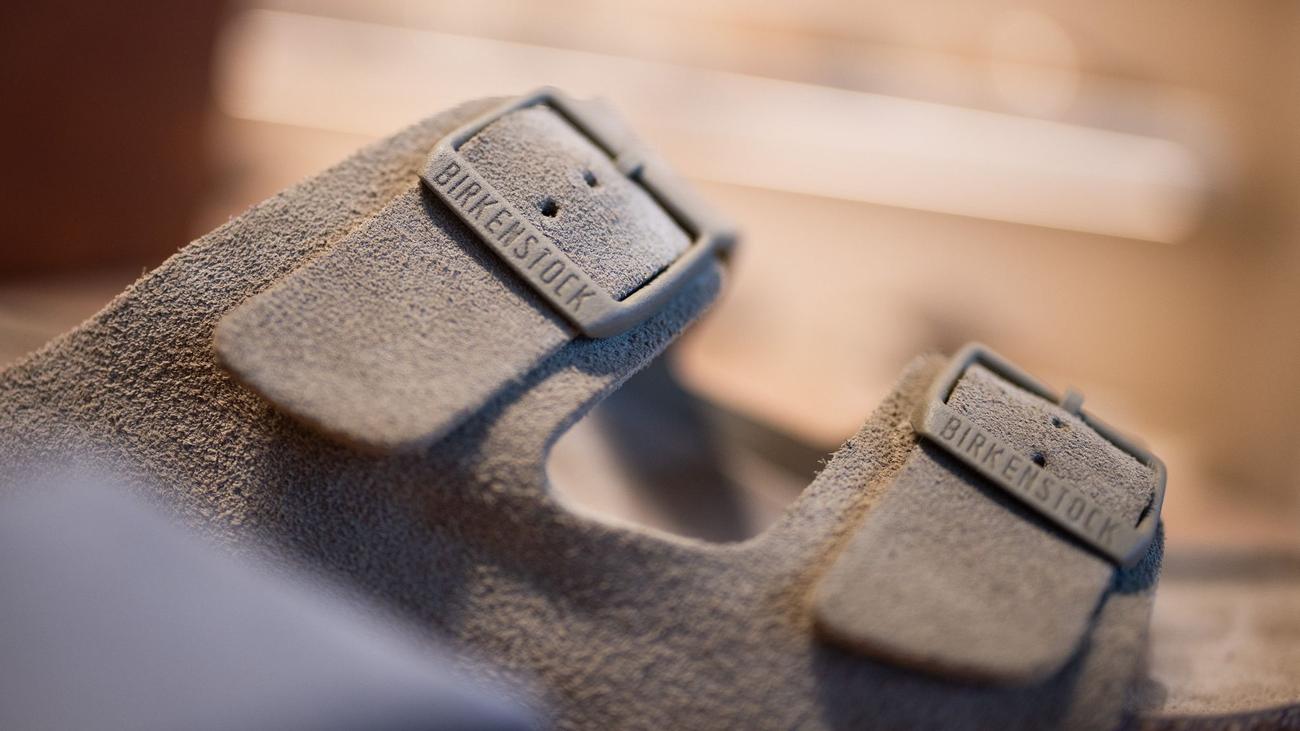
The Artistic Merit of Birkenstock Sandals: A Legal Battle
The subjective nature of art is often acknowledged, but in certain instances, an objective evaluation is required to determine the protection afforded by copyright law. One such instance is the ongoing debate over whether Birkenstock sandals qualify as works of applied art, thereby granting them protection against imitation. The Bundesgerichtshof (Federal Court of Justice, BGH) has been deliberating on this matter, and a verdict is imminent.
Birkenstock’s Claim for Urheberrecht
Birkenstock initiated legal proceedings against three competitors for selling sandal models that closely resembled its own. The shoe manufacturer, headquartered in Linz am Rhein, Rhineland-Palatinate, claims that such imitation violates its Urheberrecht (copyright), arguing that Birkenstock sandals are works of applied art.
Conflicting Lower Court Rulings
The lower courts have presented conflicting perspectives on the matter. The Cologne Regional Court initially recognized the sandal models as works of applied art, issuing judgments in favor of Birkenstock’s claims. However, upon appeal by the defendant companies, the Cologne Higher Regional Court rejected the claims, finding no artistic merit in the sandals.
Urheberrecht and Creative Expression
Urheberrecht confers exclusive Nutzungsrechte (rights of use) to the creator of a work. Third parties are prohibited from reproducing or distributing the work without consent. This protection extends for 70 years after the creator’s death. Unlike patent or design law, Urheberrecht focuses on safeguarding creative endeavors. As such, literary works, films, computer programs, and works of fine or applied art all fall under Urheberrecht protection.
Design as Urheberrecht
Birkenstock’s legal counsel, Konstantin Wegner, asserted that outstanding design in utilitarian objects has been recognized under Urheberrecht for decades. Courts have previously ruled in favor of copyright protection for Bauhaus-style lighting fixtures, furniture by architect and designer Le Corbusier, and even a Porsche model.
Birkenstock’s Contention
Birkenstock aligns its sandal designs with this precedent. The company argues that its four specific models—Arizona (the two-strap sandal featured prominently in the 2023 film "Barbie"), Madrid (single-strap), Gizeh (thong-style), and the Boston clog—represent iconic designs immediately recognizable by consumers as belonging to the Birkenstock brand.
Defining the Artistic Merit
According to Birkenstock, both individual elements (buckles, materials, strap configuration) and their combined arrangement elevate the sandal models to the status of applied art, warranting Urheberrecht protection. The company maintains that the brutalist-style design by inventor Karl Birkenstock was unique upon its initial release.
The Court’s Evaluation
The crux of the legal assessment lies in determining whether Birkenstock has utilized artistic freedom beyond the functional purpose of the sandals as health footwear. The Cologne Higher Regional Court denied this claim, stating that no artistic decisions could be deduced from the objective appearance of the sandals. It deemed the mere selection between various design options insufficient to establish artistic merit.
BGH’s Preliminary Assessment
During the oral hearing in January, the BGH’s First Civil Senate indicated that the Higher Regional Court had applied appropriate standards in its evaluation. The court maintained that a certain level of artistic achievement is required to qualify as a work of applied art, and the burden of proof lies with the plaintiff manufacturer to establish this artistic element.
Conclusion
The BGH’s upcoming decision will provide clarity on the boundaries of Urheberrecht protection in the realm of industrial design. The outcome will have implications for both Birkenstock’s ability to safeguard its iconic sandal designs and the broader industry’s understanding of the artistic merit inherent in utilitarian objects.
